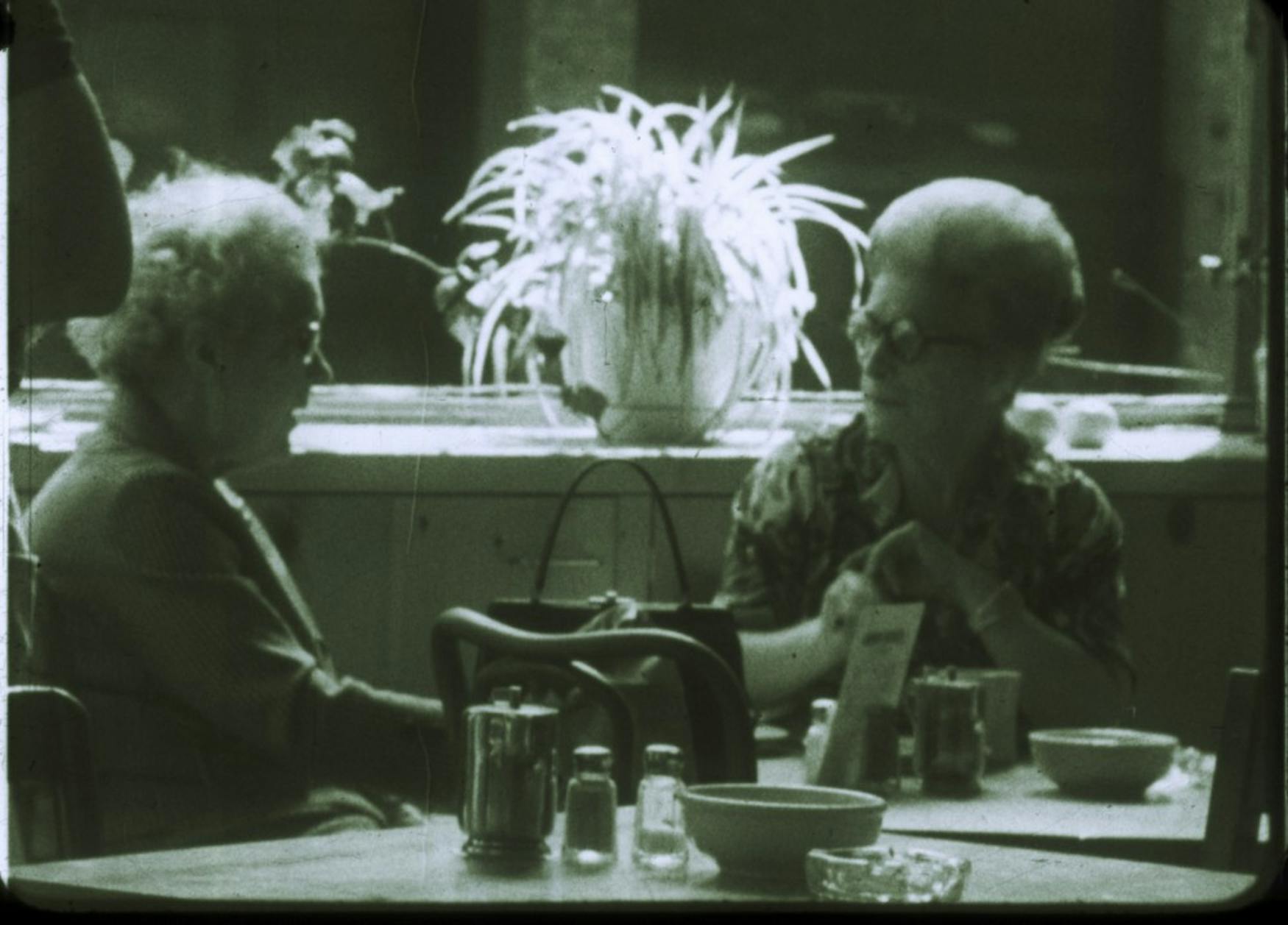Spotlight on the Rose 10-29-2019
Of all the works by Gordon Matta-Clark that are displayed in the Rose Art Museum, one of the pieces that stood out the most to me was a documentary film about FOOD, a restaurant located in SoHo, New York between 1971 and 1974. While it does not involve deconstructing architecture or creating graffiti on the Berlin Wall, it may very well be one of the finest representations of the values that Matta-Clark believed in.
As an artist who deeply cared about the individuals who occupy space in an urban environment, Matta-Clark saw food as something that could break barriers and bring both the underprivileged and the privileged together. In 1971, for the opening of a gallery, he and his friends roasted an entire pig and invited everyone nearby to join and celebrate. After that, the idea of starting a restaurant began to grow. Later that year, the restaurant, FOOD, was opened.
While SoHo is considered the center of the world of creative arts today, in the 1960s it was merely a failed industrial neighborhood with many struggling businesses. The empty spaces left by those business gave artists the opportunity to use them as studios and homes. A central aim of FOOD was to offer a space for artists to meet and share their ideas. While the menu did not offer a lot of dishes, they were all affordable and often unusual, such as sushi and wasabi sauce. It was the first restaurant in New York to offer sushi. Experimental dishes were also offered there, such as the famous “Matta-Bones,” which allows customers to use the leftover bones to create necklaces.
What made FOOD an important project was its relationship with the art community. It not only provided a space for artists to interact, but also offered temporary income for new members of the community. For many artists who had just arrived in New York City, FOOD was somewhere that they could get a job while launching their artistic career. In the documentary, we see people washing dishes, making food and playing music. This is exactly what Matta-Clark believed an urban space should be: a place where individuals help others by incorporating those people into their communities.
There is no way to do justice to a documentary film with a photo. If you’re interested, check out the exhibition “Gordon Matta Clark: Anarchist” at the Rose Art Museum.
— Editor’s note: Editor Hannah Kressel works at the Rose Art Museum



Please note All comments are eligible for publication in The Justice.